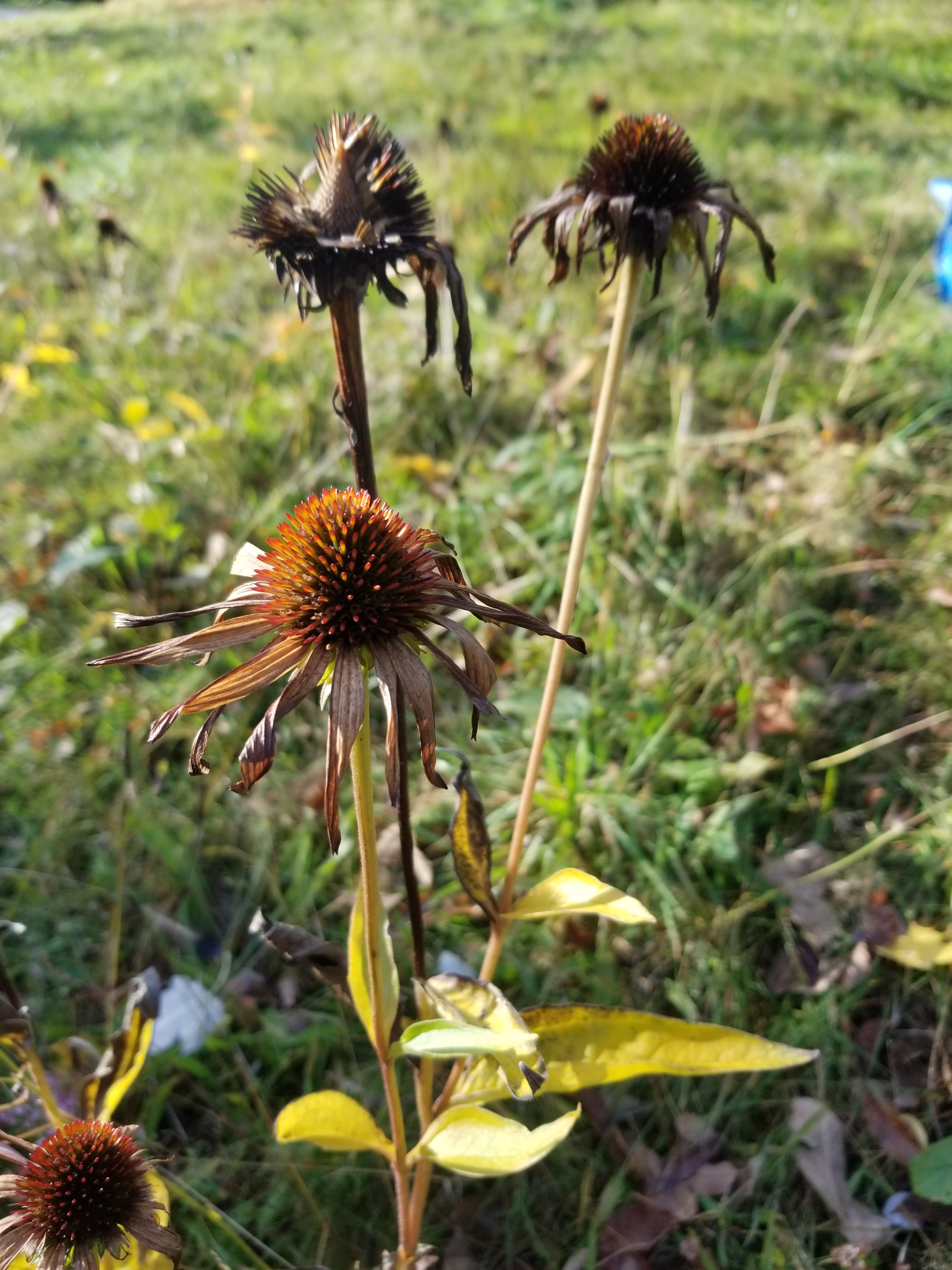Landscaping That's for the Birds
 Winterberries (Ilex verticillata) put on a spectacular show in late fall and early winter—until the birds find them.
Winterberries (Ilex verticillata) put on a spectacular show in late fall and early winter—until the birds find them.
Birdfeeders aren't the only tools for attracting birds. By choosing the right trees, shrubs and perennials, you can create a habitat that will support birds year-round.
- Conifers provide winter shelter and summer nesting sites. Some also provide sap, buds and seeds.
- Grasses and legumes provide cover for ground-nesting birds if the area is not mowed during the nesting season.
- Native perennials, such as coneflower and aster, provide much-needed seeds if the flowers are not dead-headed and the plants are allowed to go to seed.
- Nectar-producing plants attract hummingbirds and orioles. Hummingbirds especially like tubular red flowers, such as fuchsia, bee balm, coral bells and penstemon.
- Summer-fruiting plants include cherry, honeysuckle, raspberry, serviceberry, grape and plum. Birds attracted include brown thrashers, robins, thrushes, waxwings, woodpeckers, orioles, cardinals, towhees and grosbeaks.
- Fall-fruiting plants include dogwoods, mountain ash, winterberries and cotoneasters. They are used by both migratory birds preparing to leave and non-migratory species preparing for winter.
- Many winter-fruiting plants are not palatable until they have frozen and thawed numerous times. These include glossy black chokecherry, Siberian crabapple, snowberry, bittersweet, sumac and Virginia creeper.
- Nut and acorn plants provide food and nesting habitat. They include oaks, hickories, buckeyes, chestnuts, butternuts and walnuts. Broken nuts and acorns.
- Standing dead snags (as long as they are not posing a hazard to a structure or utility line) and holes in trees offer excellent nesting cavities for birds. Many dead tree limbs are full of insects that are important food sources for woodpeckers.

Coneflower (Echinacea spp.) seeds are important winter food for birds if flowers are left alone and not deadheaded.
With the guidance of Charlie Nardozzi, we convert a patch of lawn to a no-dig bed full of colorful native plants that will support birds year-round.
Print this Article:
Get the Dirt
Stay up to date on new articles and advice. Please fill out the information below.
